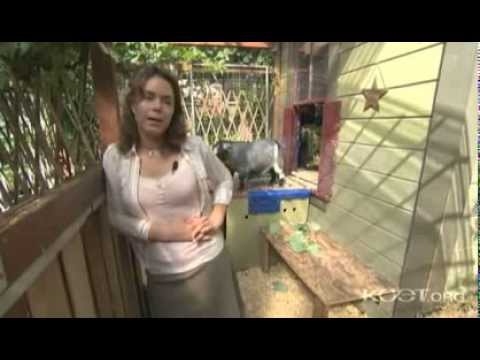Does anyone besides me know where the phrase "lets get down to brass tacks" came from?
Anyway, 1 1/2 acre = 65,340 square feet. For those of you who prefer the metric system, too bad.
Being really aggressive, lets figure only 5% of the area is required for walkways, since I haven't read the book. That leaves 62,073 square feet for intense square foot gardening. Dividing 62,073 by 200 families (what is the average size per family?) leaves 310 square feet per family. Since I do intense raised beds, I'll use that as an example. 310 square feet divided by 4 (foot wide beds), gives you 77.5 feet.
So the area available per family is equivalent of 4 beds 4 foot wide by 19 feet long. I produce seasonal vegetables for my wife and I from 2 beds 5 foot wide by 14 feet long. Tip: never make your beds 5 feet wide. It's too much, even if you have long arms. I am still paying the price for that mistake.
I'd have to say that it is possible to provide seasonal vegetables plus some canning veggies for 200 families using 1 1/2 acres. I still question year around vegetables. Plus, that doesn't include grains, coffee beans (a must), sugar, meat, milk, cheese, eggs, wine, beer, junk food, or porterhouse steaks.
But the point is, if they were talking about seasonal veggies only, for 200 families, the number is a lot closer than I would have thought.
Now I am wondering about their profit numbers. Guess I'll have to get the book.
Clear skies. (A popular closing for amateur astronomy enthusiasts)
